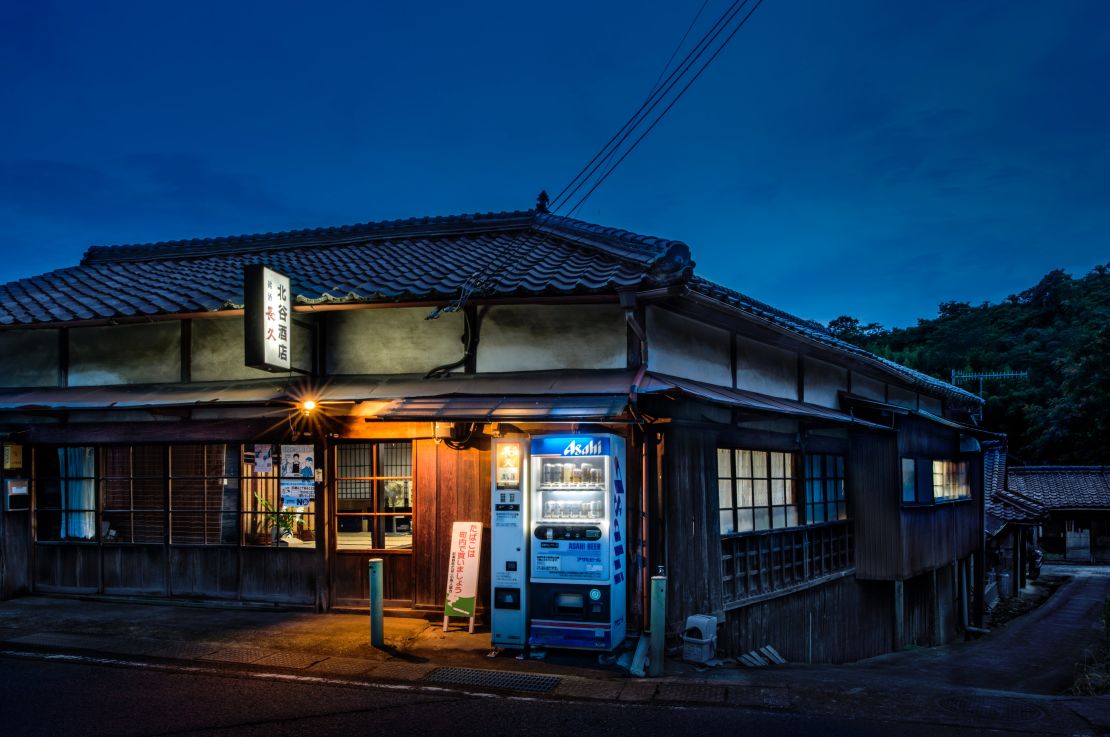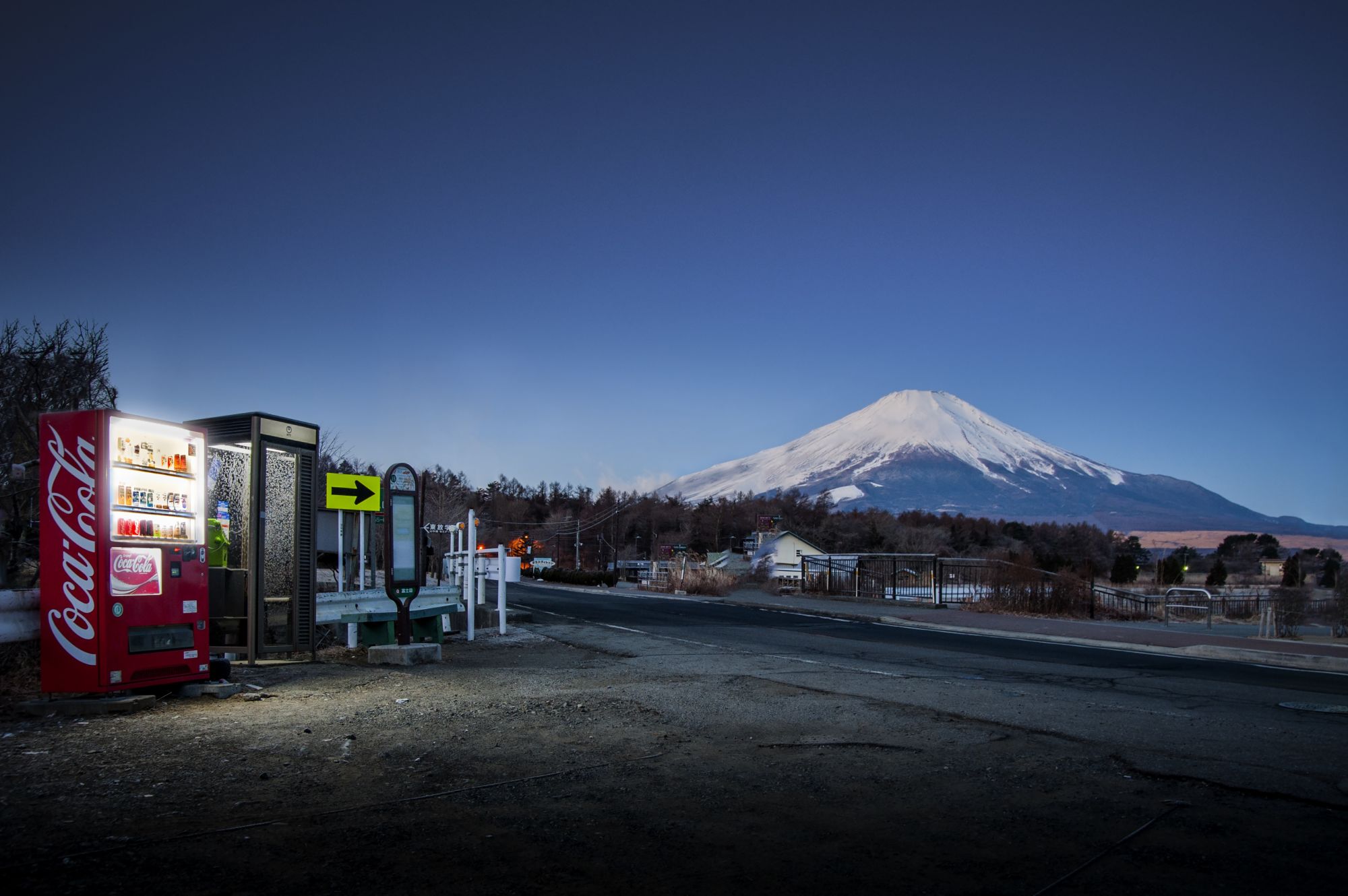Vending machines are a mainstay of Japanese culture. There are over 5.5 million in the country – one for every 23 people, the highest ratio in the world.
They’re ubiquitous and almost always outdoors, making them immediately stand out to anyone visiting Japan. They sell nearly everything – including some rather peculiar items. Most are stocked with hot and cold drinks. Some have funny English names, like “Pocari Sweat” or “Calpis Water.”
At night, rather than switching off, the machines come to life with vibrant colors and bright lights. Photographer Eiji Ohashi has spent years photographing them across Japan in the dead of the night, and now he has brought the images together in a book titled “Roadside Lights.”
For Ohashi, the machines once served as beacons: “I started this project nine years ago, when I noticed a shiny vending machine near my home as I was coming back from my night shift,” he said in an email interview. “At the time, I was living in a town in the north of Japan that would get hit by terrible blizzards during the winter months. I’d drive my car in (these) conditions and use the light of the vending machines to guide me.”
Japan's lonely vending machines
Japanese culture has an appreciation for process. Signs explaining how to queue, how to get a haircut or how to use the toilet are posted everywhere. Guesswork is loathed.
As such, vending machines offer certainty. Their mechanism only allows one possible course of action. Like smartphones, they provide a shield from personal interactions. They are also ingrained in tradition: In rural areas, at the side of the road, it’s still possible to find unmanned wooden stalls where farmers place fruit, vegetables and other goods which can be purchased by leaving the correct amount of cash.
Perhaps this could only work in a country with a crime rate among the lowest in the world. Vending machines in Japan are rarely robbed or vandalized. In fact, they are well taken care of, meaning that they always work – which further contributes to customer satisfaction.

For Ohashi, this is one of the reasons behind their popularity.
“You can put them anywhere and they won’t be stolen or harmed,” he said. “Furthermore, they work even when they’re buried in snow as they are maintained regularly – something which shows how methodical Japanese people are.”

Another reason for their popularity, Ohashi says, is that Japanese people love convenience: “I don’t think anyone in Japan would think that a vending machine could disturb a town’s scenery. We’re always thinking of ways to make life more convenient. I think that the vending machine is a symbol of that.”
Interestingly, the photographer claims that many of the machines look the same: “The shape of the machine and the products it sells are quite similar throughout Japan.”
This is unusual in a country that proudly highlights its regional differences, and where even snacks and candy are produced in local varieties – KitKat’s 300-plus flavors being a famous example.
Identical everywhere, the vending machines may bring some sense of comfort to those who travel to different parts of the country, Ohashi suggests: “I wanted to capture the standardized form of the vending machines. I thought you could see the differences between the regions through the scenery around them.”

Ohashi’s photographs convey a sense of loneliness by showing the machines in remote locations at night. In a photo that Ohashi names as his favorite, the snowy Mount Yotei is pictured behind a vending machine that sits alone in a spot where there used to be two: “The profits were low and one was removed,” he said.
“I think in some ways I’m comparing modern-day people to vending machines. In our daily lives, we are also like vending machines that can withstand blizzards but ultimately go unrewarded.”


















